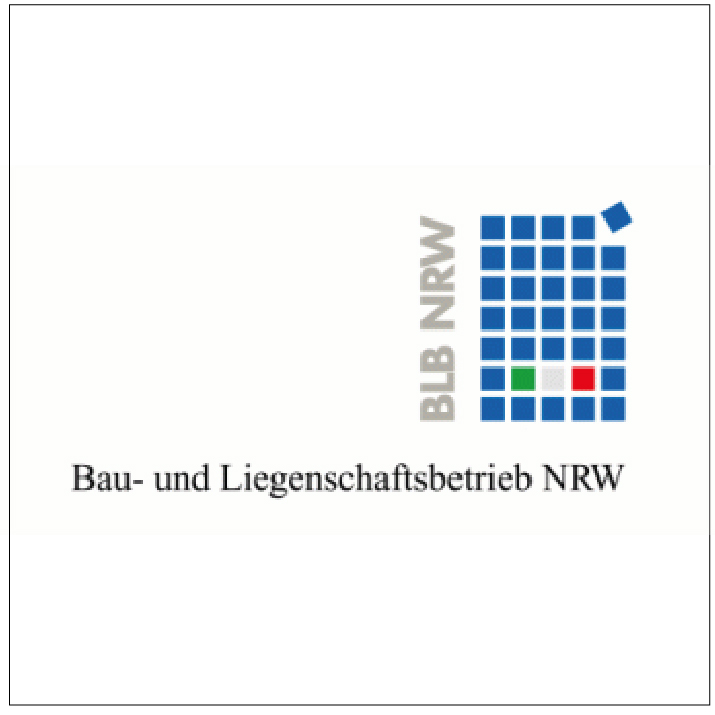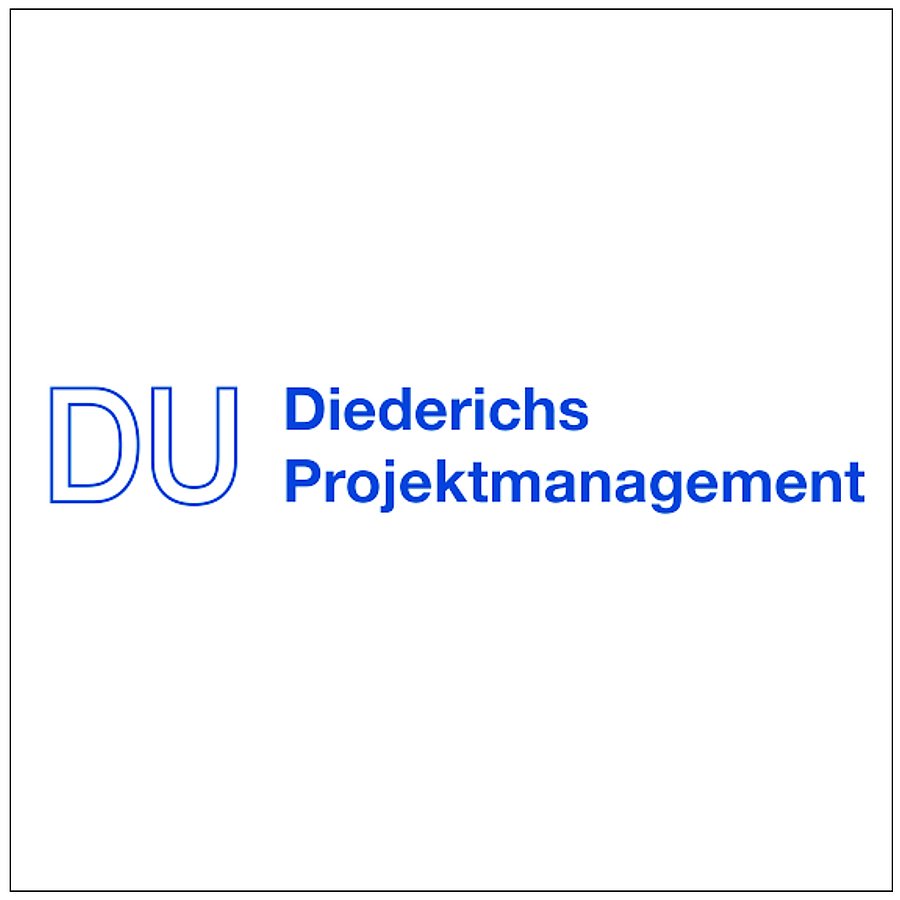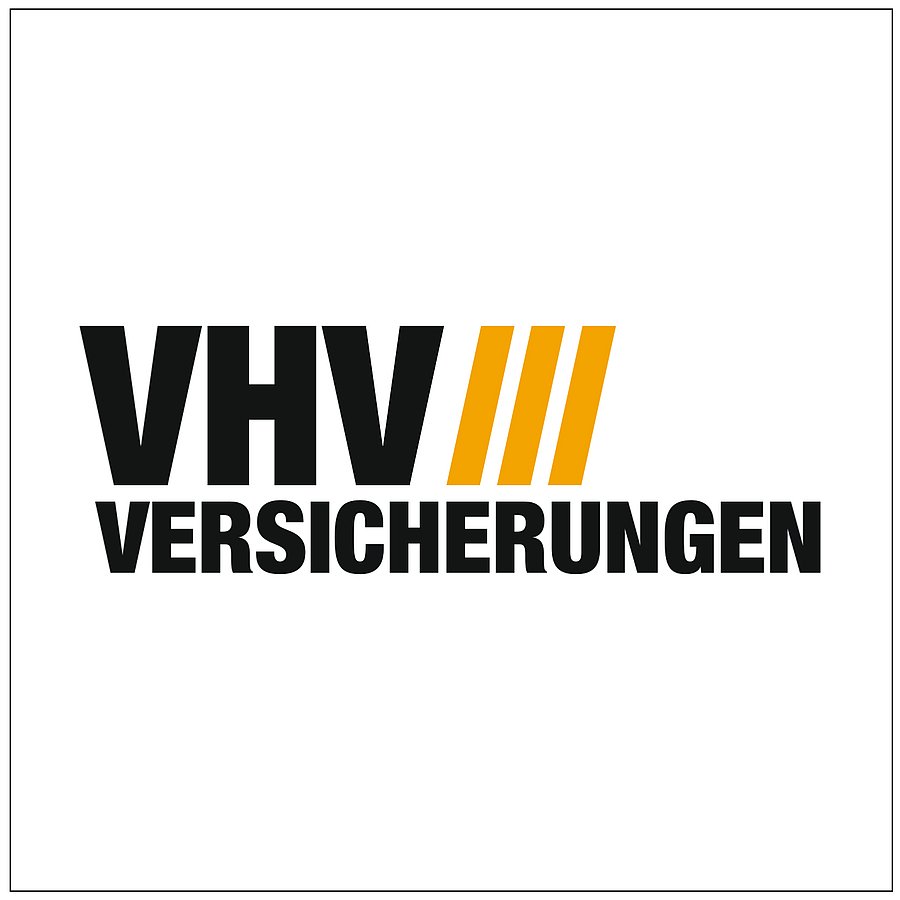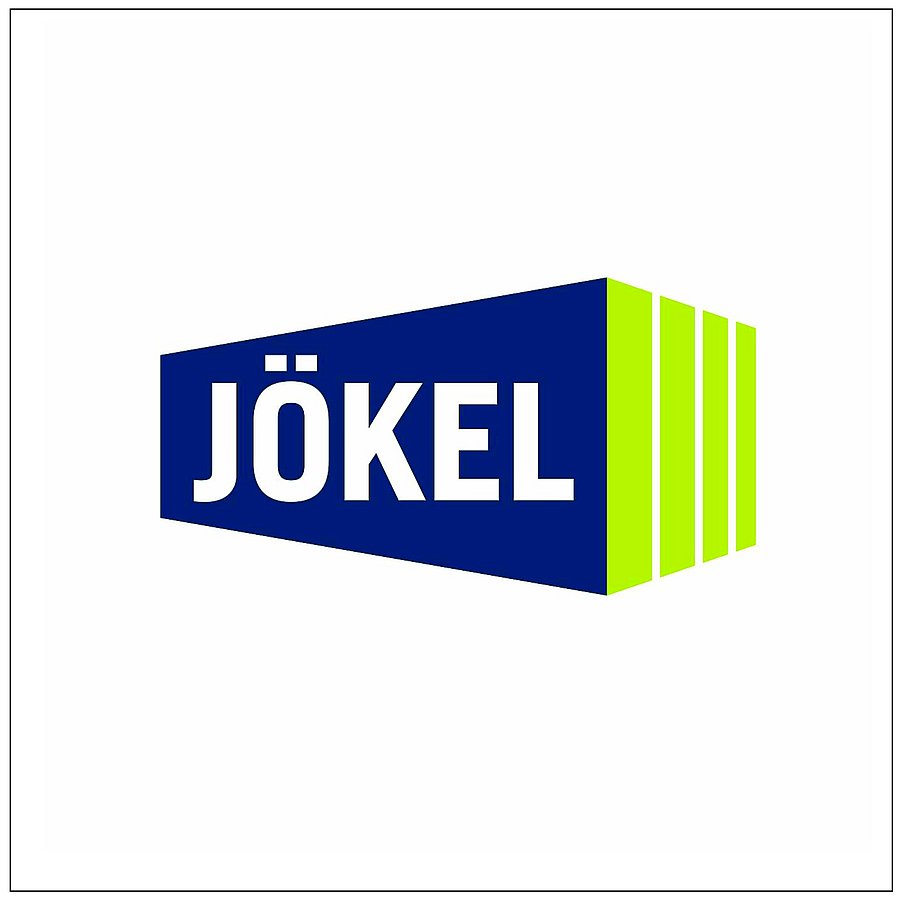BIM-based risk management
Measures for the implementation of efficient project risk management through the use of the BIM method
Funding provider: Federal Institute for Research on Building, Urban Affairs and Spatial Development (BBSR) as part of the Zukunft Bau research initiative
Project duration: 03/2019 to 08/2022
At the beginning of a construction project, costs, deadlines and qualities are defined that must be adhered to throughout the entire construction process, right up to completion. Clients are particularly interested in a reliable schedule and cost forecast for the entire duration of the project. For construction companies, the realization phase in particular offers the greatest potential for value creation. Project risk management is therefore considered from both perspectives in this research project. The analysis is carried out from the perspective of the construction company and the client.
The risk management processes of the entire planning and construction phases are set up using the BIM method and the potentials are worked out through the resulting information linkage. This information link integrates risk management into the other construction processes and thus strengthens the role of risk management in construction projects. From the construction company's perspective, the focus is on the realization phase. Here, a more detailed BIM-based consideration of risks is carried out down to component level. BIM-based risk management enables a qualified and up-to-date risk assessment by digitally recording information on risks in the building data model. As planning accuracy increases, information can be linked down to component level. Linking the identified risks with components of the digital building model in the implementation phase promotes the integration and thus the acceptance of risk management and visualizes its advantages for the project result. Due to the BIM method's principle of "plan first, build later", early consideration of risks from the planning phase onwards can further increase schedule, cost and quality certainty. If countermeasures can be successfully implemented, the company's results can be significantly improved.
In the form of a demonstrator, risks are linked to components in the data model so that information is available digitally in one system. The interfaces between the two perspectives are evaluated and measures are developed on how a more transparent flow of information regarding risk management can increase the achievement of objectives on both sides.
The conclusion of the research project serves to validate and verify the results in practice. As part of a project extension, the results obtained from the current research project will be further detailed for the area of the influence of potential risks on scheduling during construction from the construction company's perspective. The risk management process, consisting of identification, evaluation, control and monitoring, is integrated into the scheduling of construction work. The guideline created by the BUW for setting up BIM applications serves as the basis here.
Practice partner










